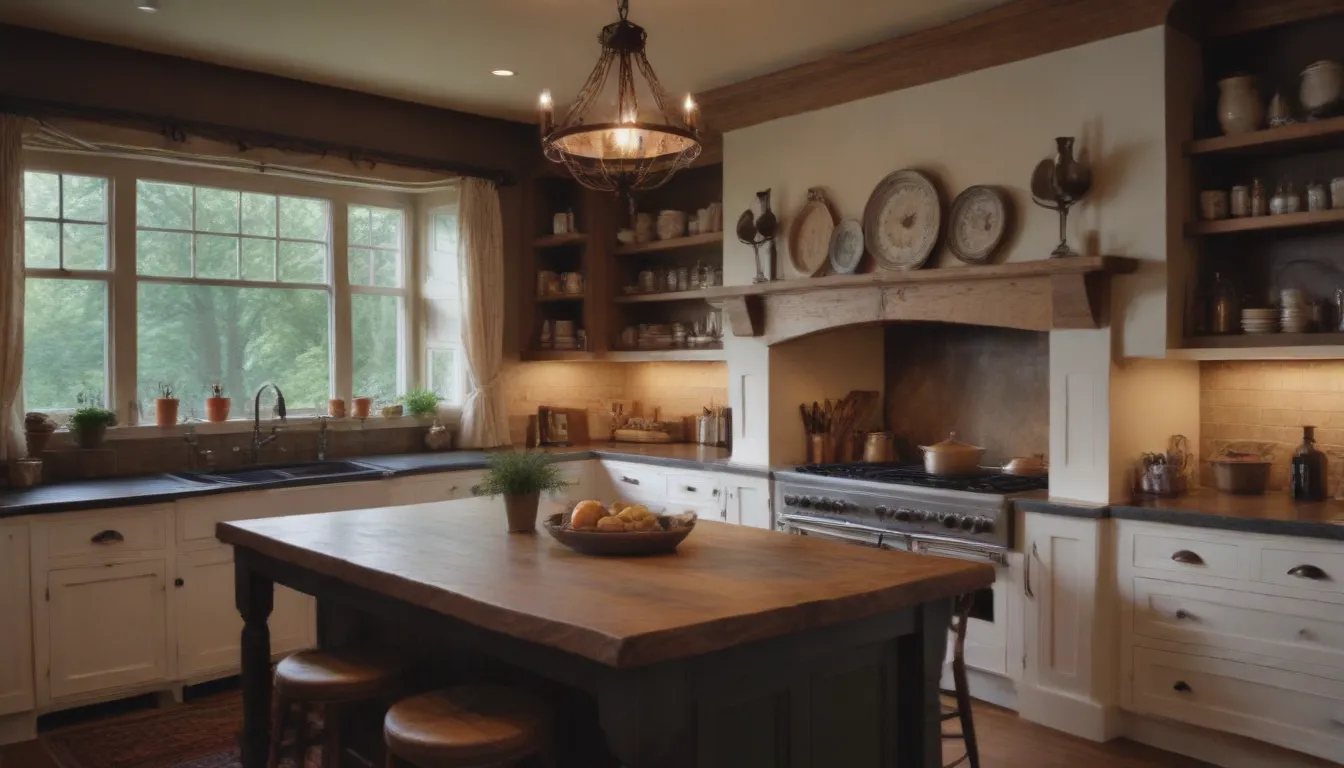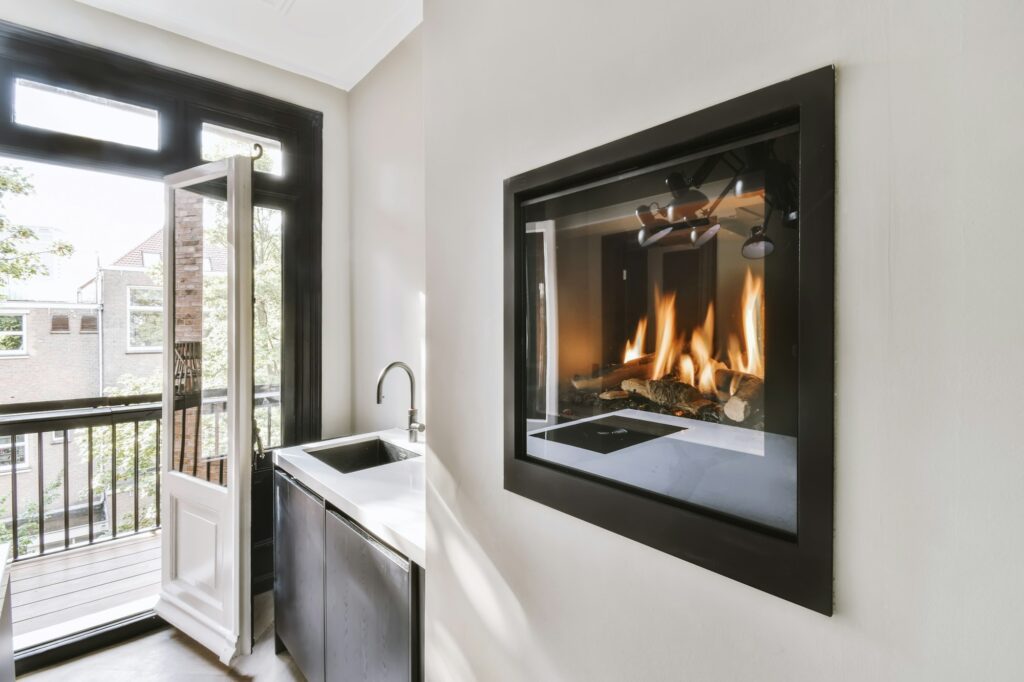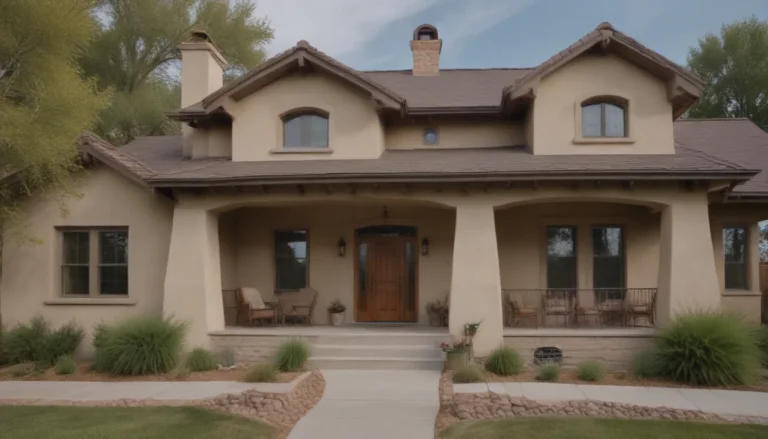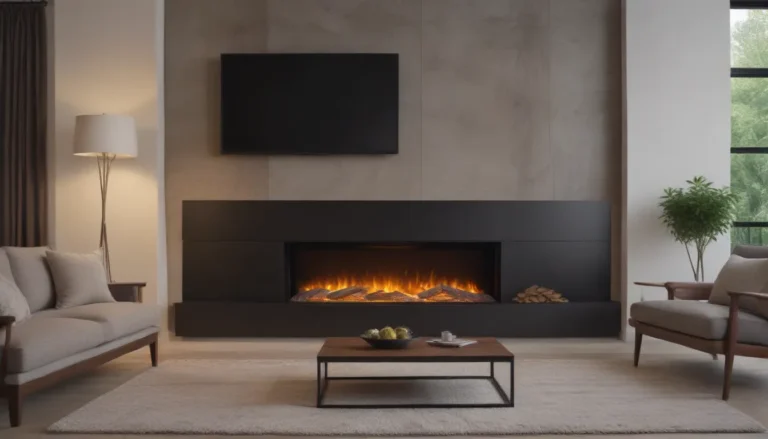Kitchens with Fireplaces: Blending Warmth and Functionality in the Heart of Your Home

Introduction
The concept of kitchens with fireplaces is not a new one. In fact, for centuries, the hearth was the central feature of most homes, serving as both a source of heat and a place for cooking. As modern appliances and heating systems evolved, fireplaces in kitchens became less common. However, in recent years, there has been a notable revival of this charming and functional design element.
Today’s homeowners are rediscovering the allure of a crackling fire in the kitchen, combining the practicality of a modern cooking space with the warmth and ambiance of a traditional hearth. This article explores the many facets of incorporating fireplaces into kitchen designs, from their benefits and types to practical considerations and inspiring examples.
Benefits of Kitchens with Fireplaces
The integration of a fireplace into a kitchen space offers numerous advantages:
Aesthetic Appeal
- Creates a focal point in the room
- Adds character and charm to the kitchen
- Enhances the overall design aesthetic
Functional Advantages
- Provides an additional heat source
- Can be used for cooking or warming food
- Serves as a gathering spot for family and guests
Ambiance and Comfort
- Creates a cozy and inviting atmosphere
- Adds a sense of luxury and sophistication
- Enhances the enjoyment of meal preparation and dining
Types of Fireplaces for Kitchens

When considering a fireplace for your kitchen, there are several options to choose from:
- Wood-burning fireplaces
- Traditional and authentic feel
- Requires a chimney or flue
- Needs regular maintenance and wood supply
- Gas fireplaces
- Clean-burning and low maintenance
- Can be turned on and off instantly
- Available in vented and ventless options
- Electric fireplaces
- Easy to install and no ventilation required
- Safe and energy-efficient
- Variety of styles and sizes available
- Ethanol fireplaces
- Clean-burning and eco-friendly
- No need for a chimney or gas line
- Portable and easy to install
Each type has its own set of pros and cons, and the best choice depends on your specific needs, budget, and kitchen layout.
Design Considerations

Incorporating a fireplace into your kitchen requires careful planning and consideration of several factors:
Kitchen Layout and Size
- Assess available space for the fireplace
- Consider traffic flow and work triangles
- Ensure the fireplace doesn’t interfere with kitchen functionality
Fireplace Placement
- Center of a wall for a dramatic focal point
- Corner placement for space-saving
- Island integration for a unique design feature
Ventilation Requirements
- Proper ventilation is crucial for safety and functionality
- Consider the type of fireplace and local building codes
- Ensure adequate air supply for combustion (for wood and gas fireplaces)
Safety Considerations
- Maintain proper clearances from combustible materials
- Install heat-resistant surfaces around the fireplace
- Consider childproofing measures if necessary
Styling Your Kitchen with a Fireplace
The addition of a fireplace opens up a world of design possibilities for your kitchen. Here are some popular styling approaches:
Traditional Designs
- Brick or stone surrounds
- Ornate mantels and hearths
- Classic color schemes (whites, creams, warm woods)
Modern and Contemporary Approaches
- Sleek, minimalist fireplace designs
- Glass and metal elements
- Bold, contrasting colors
Rustic and Farmhouse Styles
- Reclaimed wood mantels
- Rough-hewn stone surrounds
- Vintage accessories and decor
Eclectic and Fusion Designs
- Mix of traditional and modern elements
- Unexpected color combinations
- Unique materials and textures
The key is to choose a style that complements your existing kitchen design and personal taste while enhancing the overall ambiance of the space.
Practical Considerations
While the aesthetic benefits of a kitchen fireplace are clear, there are several practical factors to keep in mind:
Fuel Sources and Availability
| Fireplace Type | Fuel Source | Availability Considerations |
|---|---|---|
| Wood-burning | Firewood | Requires storage space, regular supply |
| Gas | Natural gas or propane | Depends on local gas lines or tank installation |
| Electric | Electricity | Widely available, may increase energy bills |
| Ethanol | Bioethanol fuel | Readily available, but can be costly |
Maintenance and Cleaning
- Regular chimney sweeping for wood-burning fireplaces
- Annual inspections for gas fireplaces
- Cleaning of glass doors and surrounds for all types
Energy Efficiency
- Wood-burning fireplaces can be less efficient due to heat loss
- Gas and electric fireplaces offer more control over heat output
- Consider models with high efficiency ratings
Building Codes and Regulations
- Check local building codes for fireplace installation requirements
- Obtain necessary permits before beginning installation
- Ensure compliance with safety standards and regulations
Cost Factors
Adding a fireplace to your kitchen is an investment that requires careful financial planning:
Installation Expenses
- Wood-burning fireplaces: $5,000 – $20,000+
- Gas fireplaces: $3,000 – $10,000+
- Electric fireplaces: $500 – $2,500+
- Ethanol fireplaces: $1,000 – $5,000+
These prices can vary significantly based on the complexity of the installation, materials used, and local labor costs.
Ongoing Operational Costs
- Fuel costs (wood, gas, electricity, or ethanol)
- Maintenance and cleaning expenses
- Potential increase in home insurance premiums
Return on Investment
While a kitchen fireplace can add value to your home, it’s important to consider the long-term return on investment. Factors that can influence ROI include:
- Quality of installation and materials used
- Overall appeal to potential buyers
- Energy efficiency of the fireplace
Innovative Features and Technologies
The world of kitchen fireplaces is evolving with new technologies and design innovations:
Smart Fireplaces
- Wi-Fi-enabled controls for remote operation
- Integration with home automation systems
- Programmable settings for temperature and flame height
Dual-Purpose Designs
- Fireplaces with built-in ovens or grills
- Combination fireplace and pizza oven units
- Fireplaces with integrated storage or seating
Eco-Friendly Options
- High-efficiency wood-burning stoves
- Bioethanol fireplaces with renewable fuel sources
- Electric fireplaces with low energy consumption
These innovations make it easier than ever to incorporate a fireplace into your kitchen while maintaining functionality and efficiency.
Case Studies: Inspiring Kitchen Fireplace Designs
To illustrate the versatility of kitchen fireplaces, let’s explore a few inspiring examples:
Small Kitchen Solution
In a compact urban apartment, a sleek electric fireplace was integrated into the kitchen island. This dual-purpose design provided ambiance and additional counter space without compromising the limited floor area.
Luxury Kitchen Showcase
A high-end kitchen renovation featured a large wood-burning fireplace with a pizza oven insert. The rustic stone surround contrasted beautifully with modern stainless steel appliances, creating a stunning focal point.
Budget-Friendly Implementation
A DIY enthusiast transformed an unused corner of their kitchen with a small ethanol fireplace. By building a custom surround with reclaimed wood, they achieved a charming rustic look at a fraction of the cost of a traditional fireplace.
DIY vs. Professional Installation
When it comes to installing a kitchen fireplace, homeowners often wonder whether to tackle the project themselves or hire a professional:
When to Attempt a DIY Project
- Electric fireplaces with simple plug-in installation
- Some ethanol fireplace models
- Basic surround and mantel construction
Benefits of Professional Installation
- Ensures compliance with building codes and safety standards
- Proper ventilation and gas line installation (for gas fireplaces)
- Expert advice on placement and design integration
- Warranty protection and peace of mind
For most kitchen fireplace installations, particularly those involving wood-burning or gas units, professional installation is strongly recommended to ensure safety and optimal performance.
Conclusion
Kitchens with fireplaces offer a unique blend of form and function, creating a warm and inviting heart of the home. From the cozy ambiance of a traditional wood-burning hearth to the sleek efficiency of a modern gas or electric unit, there are options to suit every taste and budget.
As we look to the future, we can expect to see continued innovation in fireplace design, with a focus on energy efficiency, smart home integration, and multipurpose functionality. Whether you’re renovating an existing kitchen or planning a new build, consider the timeless appeal and practical benefits of incorporating a fireplace into your culinary space.
By carefully considering the type of fireplace, design integration, practical considerations, and budget factors, you can create a kitchen that not only meets your cooking needs but also provides a warm and welcoming gathering place for family and friends. With proper planning and execution, a kitchen fireplace can become the centerpiece of your home, blending the nostalgia of traditional design with the convenience of modern living.





